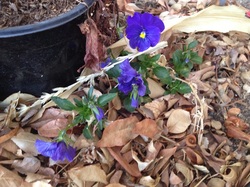
For about 10 years, while we lived down in Las Vegas, we didn't have a garden. I really would have loved one, but with a very tiny west facing backyard in Las Vegas heat (110 degrees on avg.), crummy soil, and dogs who liked to eat all our plants, it just wasn't happening. I was so thrilled when we moved back up to Sparks that our new house had a pre-existing garden with room to expand if we wanted.
The first year with our garden, we expanded from a 13' x 8' (approx.) little garden to a 23' x 11' (approx.) garden. My youngest was about 3 months old when it came time to start planting, so with a lot of help from from my dad and husband, they helped make the expansion possible. I forgot how well zucchini and squash do and ended up planting 9 plants. Plus 9 roma tomato plants. They took over the garden that first year and we gave a TON away. I really wish I knew how to can then. Luckily I was able to freeze quite a bit with a Foodsaver. It was nice to have all through winter (and beyond)! My oldest sure loved that year in the garden! She was constantly digging and of course eating everything she could. Here are a few pictures from before and after the first expansion:
For the 2013 planting season, I went with almost all heirloom varieties. We also expanded again. I kept the original expanded garden and added an additional garden to the side of the house where it was all open still. I also added a few container gardens on the patio. This was definitely another experimental year for growing. I like to rotate where my crops are grown and also do companion planting. By doing this it helps keep the soil from being stripped of nutrients and also can help with pest control. I also started making my own compost the year before, so this was added into the soil as well for extra nutrients. I learned my lesson from the year before and didn't plant as many zucchini and squash or tomatoes. However, this created problems of its own. In the original garden, we had an infestation of squash bugs, as I call them. I think they are actually stink bugs and they can take over a plant and practically kill it. So I only got a few zucchini and squash this last year, but it was much nicer than the previous year. The tomatoes were moved to containers on the patio. Unfortunately there was no other flowering plants close by and therefor no bees to pollinate either. I ended up having to hand pollinate the tomatoes all season and ended up with only a few. Luckily some friends and family had more than plenty they were willing to part with and I was able to learn to can and make marinara and tomato sauce for the first time. Here are a few pictures from this last years gardens:
We are planting another almost all heirloom and/or organic seed garden. I love getting my seeds from Seed Savers. They have a pretty extensive catalog and the shipping has always been really good. There are plenty of other heirloom seed companies out there as well. If there are things from Seed Savers that I can't find, I'll go to some of the local nurseries that sell organic/heirloom seeds/seedlings as well.
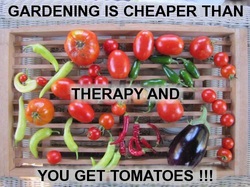
- Gardening can relieve stress. The simple act of digging in the earth and trimming plants can help your mind decompress .
- Gardening is good for your mental health. Studies have shown that gardening can help improve depression symptoms.
- Gardening is exercise. (In case you didn't already know this.) It gets you out into the fresh air and sunshine too! And it's an exercise that you're more likely to stick with.
- Gardening is good for brain health. Some studies have shown that the physical acts associated with gardening can help lower your risk of developing dementia.
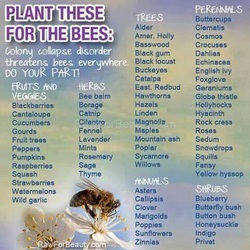
- Gardening is nutritious. When you grow your own food, you know exactly where your food is coming from, what is (or isn't) getting sprayed on it, and it is the most nutrient dense food you can get because it is so fresh. And an added bonus, because it's so fresh, it will taste much better too!
- Gardening can improve your satisfaction with life. Who wouldn't be when surrounded by yummy fruit & veggies, flowers, sunshine, and wildlife?
- Gardening can lower your risk for osteoporosis. All that physical activity is good for your bones too!
- Gardening can lower your risk for diabetes. Again, another great side effect of physical activity.
- Gardening can help you get better sleep. By relieving anxiety and stress, you can get better sleep.
- Gardening can help save the bees! By doing your part and planting organic, you can help feed the bees.
Here are a few links if you'd like to learn more about gardening or stop by your local nursery and ask how to get started:
Seed Savers - http://www.seedsavers.org/
Organic Gardening - http://www.organicgardening.com/
List of Heirloom Seed Companies - http://www.off-grid.info/food-independence/heirloom-seed-suppliers.html
Mother Earth News - http://www.motherearthnews.com/organic-gardening/our-favorite-heirloom-seed-companies.aspx#axzz2xQZdgT9q
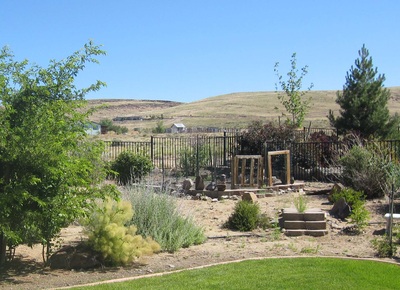
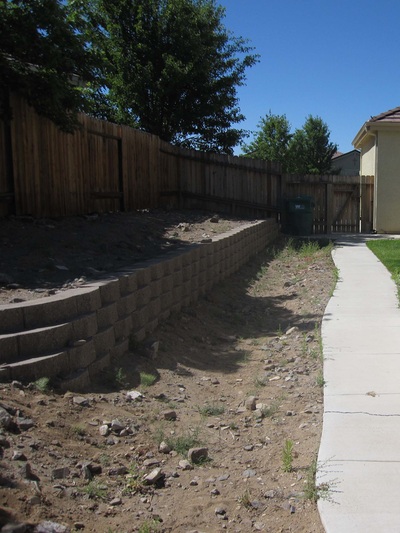
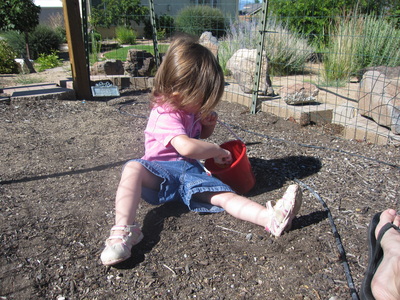
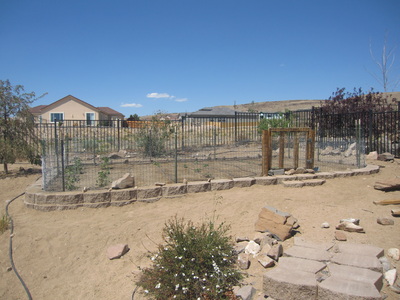
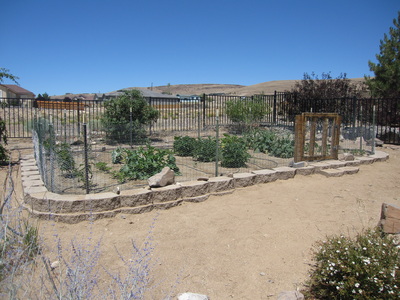
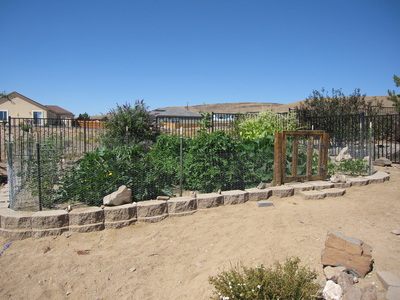
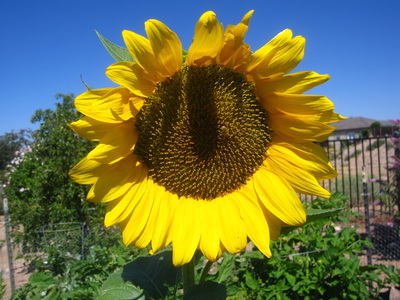
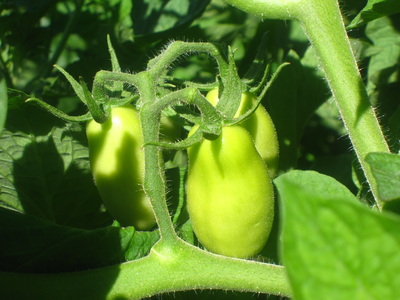
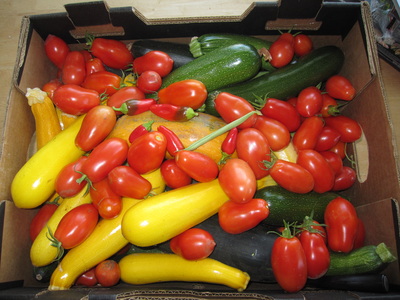
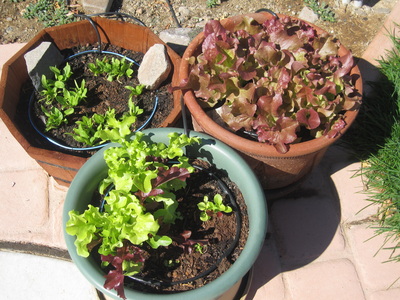
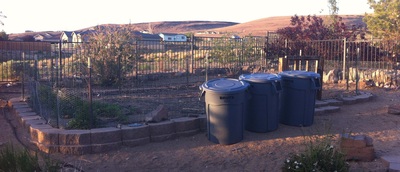
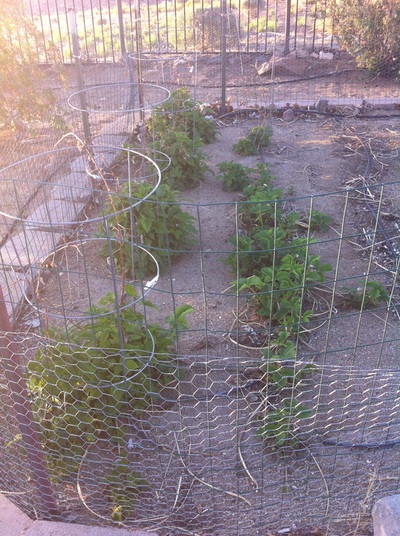
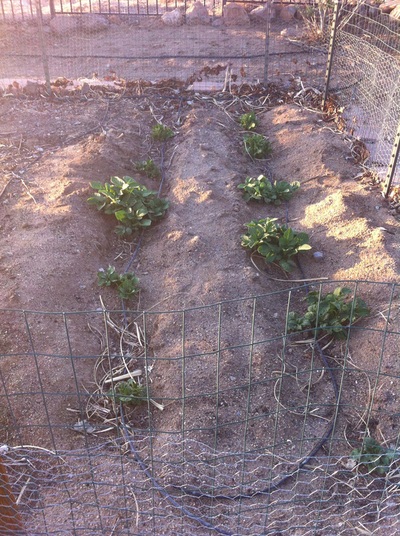
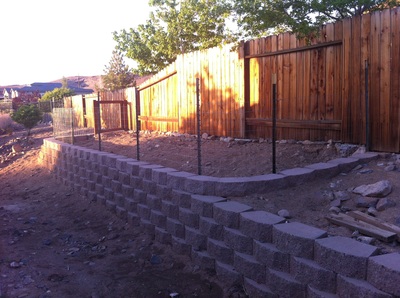
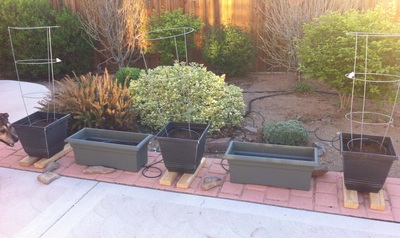
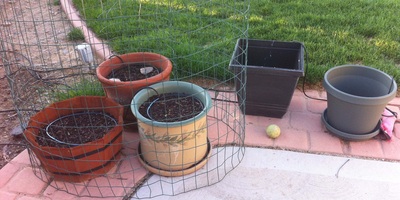
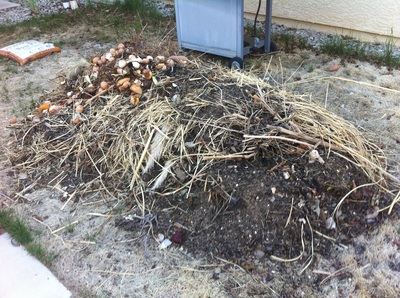
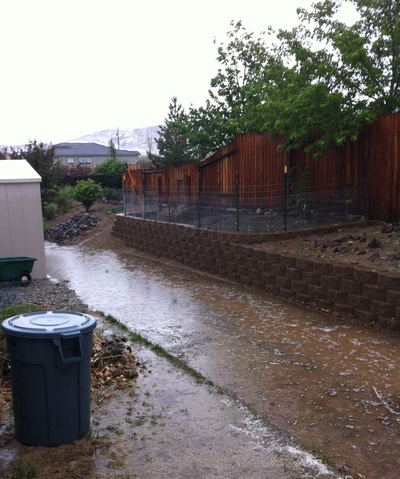
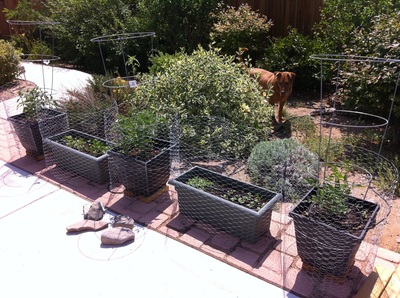
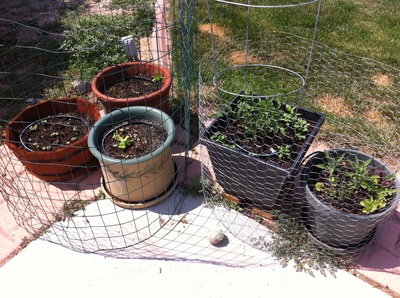
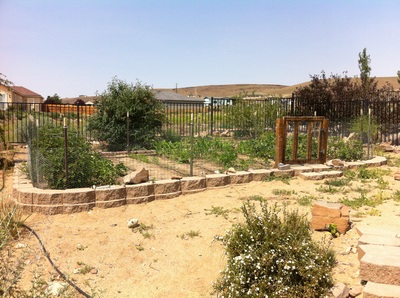
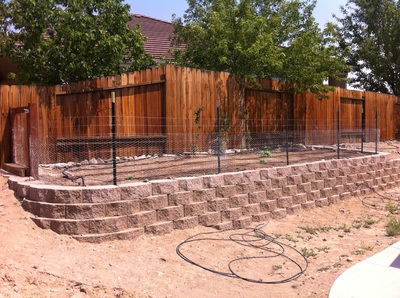
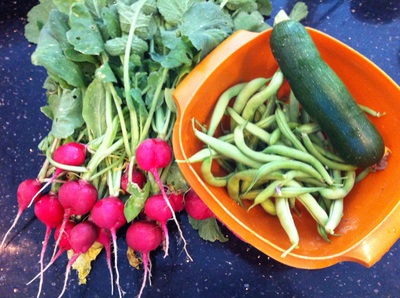
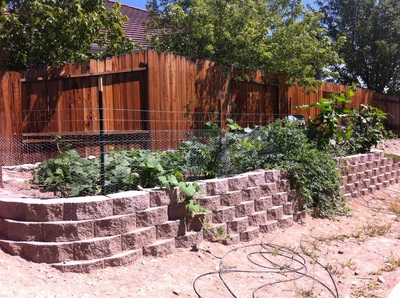
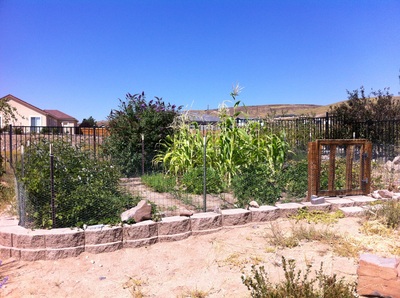
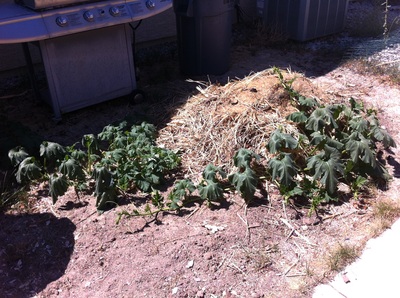
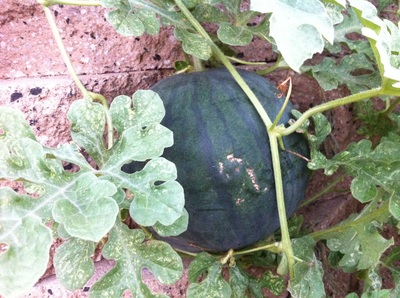
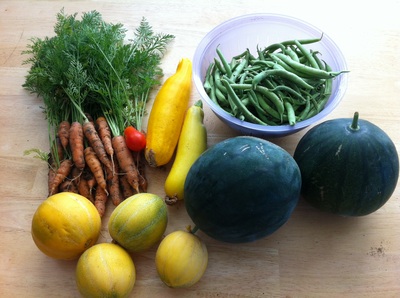
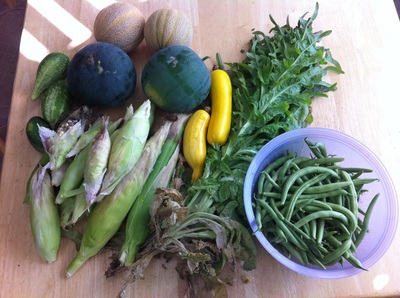
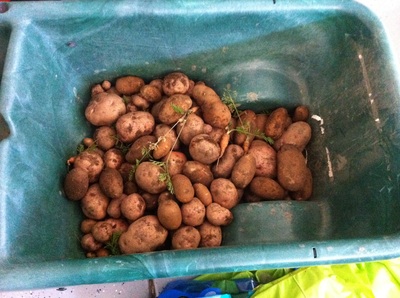
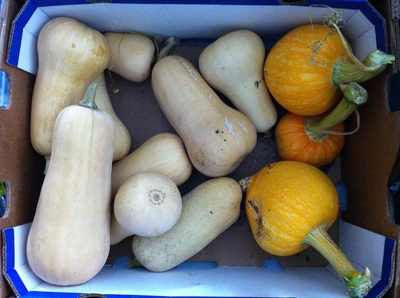
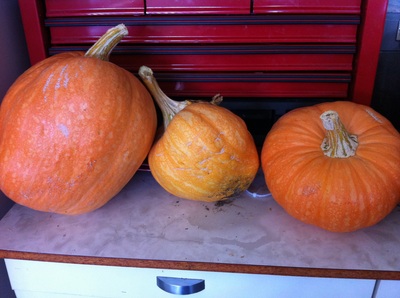
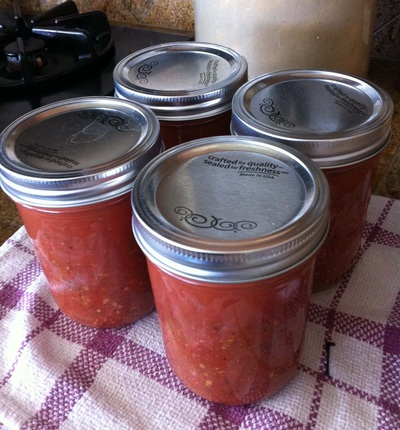
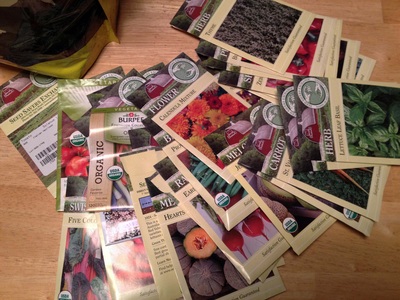
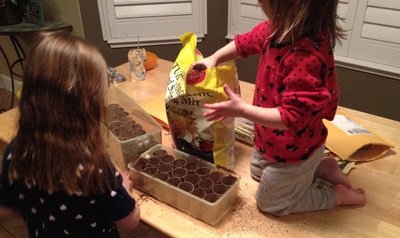
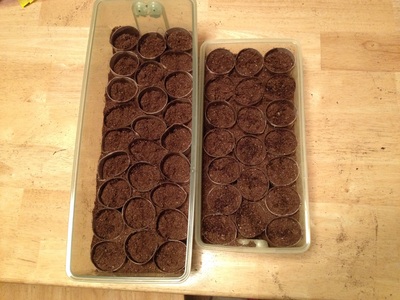
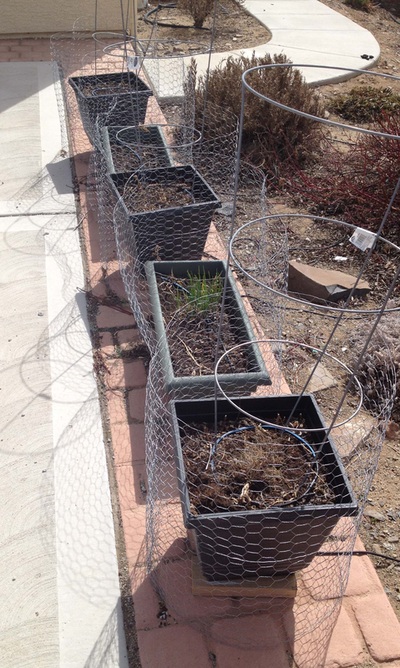
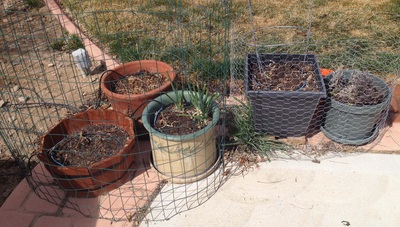
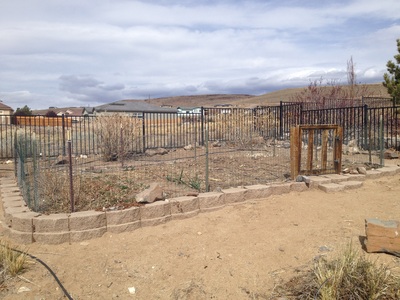
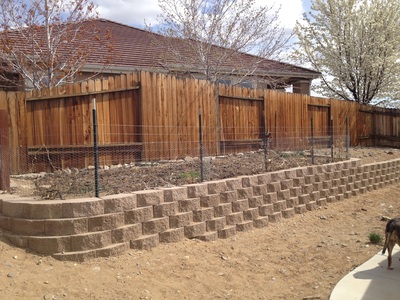
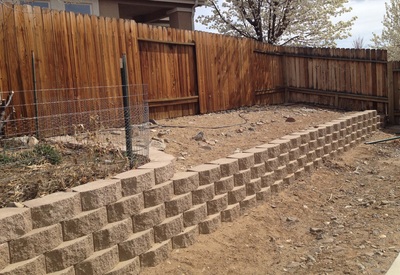
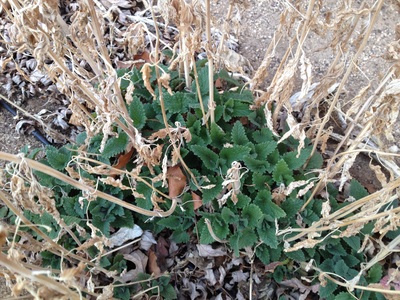
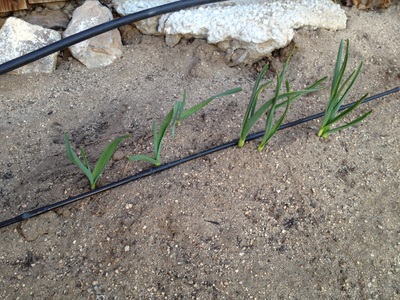
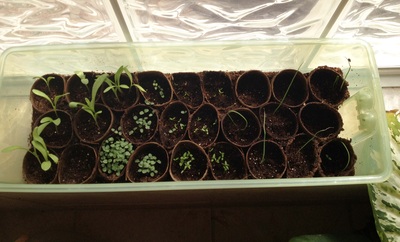
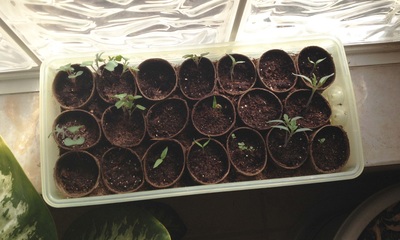
 RSS Feed
RSS Feed